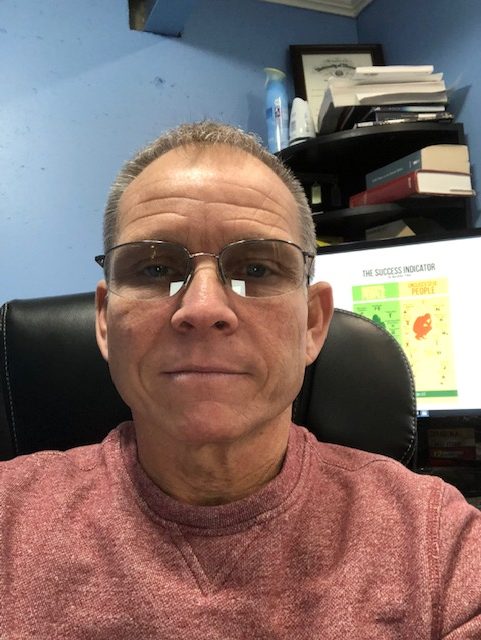HOW we do what we do and get the results we are getting?
In the last newsletter, I discussed what in2Action does, and how our efforts reduce recidivism by over 50%. In this edition, I will begin the conversation on how we get these results.
To start, how does someone get into in2Action? The in2Action website has an “Inmate Application” link at the top of the home page. This application captures the information we need to proceed with an admission; name, doc#, outdate, contact info, etc. Also included is an overview of our program expectations and completion requirements. Unfortunately, because the demand for admission far exceeds our capacity and bed space, we are only able to accept between 5-10% of otherwise qualified applicants. When we receive an application and if we have bed space, we will arrange a phone interview with the applicant through the prison. The purpose of the phone interview is NOT to identify the most likely to succeed, we believe those people will do just fine without us. What we are looking for is someone who expresses a sincere desire to do something radically different with their life, and who are open to a Biblical faith-based approach. Because of our locations, we are not able to accept sex offenders, but we otherwise have no restrictions on criminal history.
Once someone is accepted they are expected to report to in2Action the day they are released from prison. For those coming from a prison located in central Missouri, we will provide transportation. All others must find their own ride or take a bus to Columbia. New residents are drug tested the first day and must test negative to be admitted.
Upon arrival, an intake with in2Action staff will include an in-depth discussion about what residents can expect from in2Action, and what in2Action expects from them. The Resident House Manager will also meet with the new resident to show them around the house and introduce them to the others in the program. In many cases, new residents have only the clothes on their back, and a bag of mail they received while incarcerated. New arrivals are provided all their basic needs, food, clothing, personal hygiene, and medications are all immediately addressed. We additionally provide new residents with a new cell phone.
Our experience at in2Action has been that people released from prison need time to stabilize before they hit the ground running. This is particularly true with employment. Phase-1 is a very structured and very effective first step toward a successful transition. Residents are not allowed to work. They are required to attend 40 life skills groups (60 hours), they are drug tested and meet one-on-one with a counselor weekly, and they have a 6pm curfew. Additional Phase-1 requirements include obtaining a state id, social security card, and birth certificate, signing up for food stamps and medical services at the Family Health Center, and strictly adhering to the program expectations which are included on the Inmate Application link noted above. It is only after Phase-1 expectations are met that residents can begin working.
New residents are provided the transportation, the funding, and any other support they need to accomplish the Phase-1 requirements. While Phase-1 is very structured, we do not allow this structure to interfere with what’s best for our residents. For example, residents would certainly be excused from their 6pm curfew to attend a 12-step meeting, and residents with health insurance would not be required to sign up for services at the Family Health Center.
The structure and the expectations of Phase-1 are provided in the context of relationship. It’s the culture at in2Action that results in the great outcomes our men are seeing. Residents at in2Action become part of a brotherhood. A brotherhood centered in Christ. It is the love they receive from each other, from our staff, and from our volunteers that is making the difference. We are repeatedly told by our residents that their Phase-1 experience is unlike any other experience in their life and that it’s the difference maker.
My discussion on how we do what we do will be continued in our May 2019 newsletter. We are only beginning to scratch the surface, please stay tuned.


Recent Comments